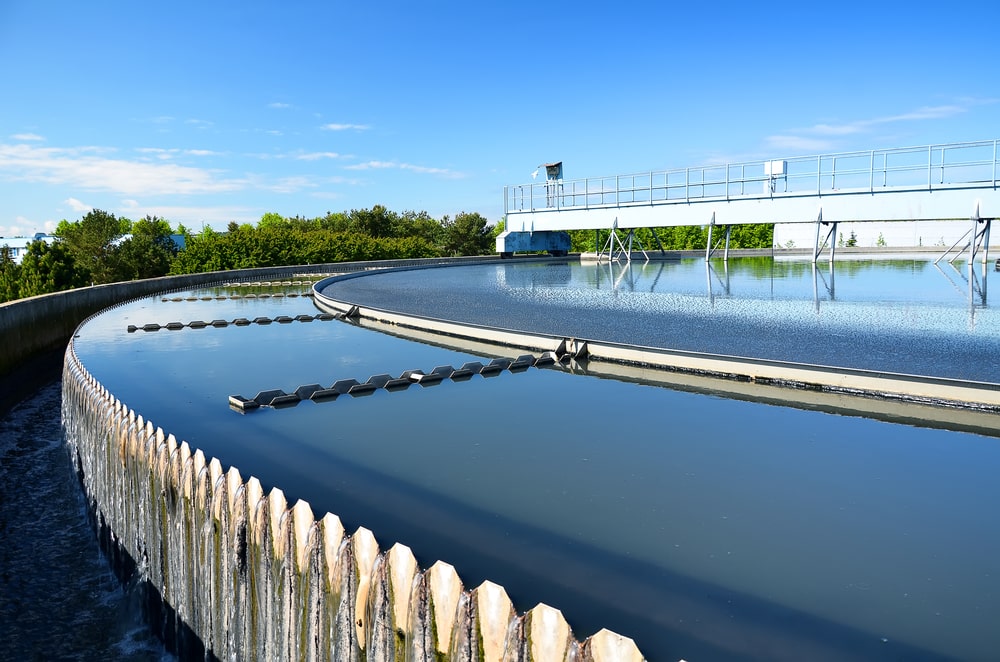Wastewater from restrooms, sinks, washers and dryers, baths, and other residential water-using appliances is collected, stored, treated, and disposed of by a wastewater treatment system. Whenever experts talk about something like treated wastewater, most necessarily imply not just the septic tank, but also the pipelines, drains, percolation zones, and fittings that guarantee the water is properly treated and disposed of.
Several modern homes have their own sewer system on the premises. Wastewater treatment removes eliminates unsafe living beings and wipes out infection-causing microorganisms. To eliminate such contaminants, wastewater is filtered before leaving the tank and penetrating the surface. This method of filtration keeps diseases out of freshwater resources and aside from livestock and poultry.
Advantages of wastewater treatment

- Aerobic wastewater systems may break down sediments considerably more quickly than previous systems, making them more environmentally friendly. Because of this, blockages are less common, de-sludging is less frequent, and sediments are less likely to pollute the fresh water and sewage field.
- Sewage pipes of the modern era waste less water than do main lines. One flush of the lavatory or one basket of washing does not necessitate the treatment of a surplus of wastewater. The freshwater utilized is recirculated and naturally filtered before being returned to the land. Modern wastewater systems are more environmentally friendly, cost-effective, and easier to manage than their predecessors, thanks to advances in technology. In addition to the seven concurrently provided above, there are numerous other reasons to consider installing a wastewater system in the building.
- It’s easier and lasts longer to manage advanced wastewater treatment facilities than older types. Depending on usage, a septic tank may need to be de-sludged every two to three years and examined on a regular basis every two to three years. In the meanwhile, individuals can perform their own checks by keeping an eye out for telltale signs of malfunction.
- Lead and other metal pollutants remain on the pavement surface and are not washed away by rains. Some removal is achieved by conventional wastewater treatment. It cannot, however, reduce or eliminate the salt concentration. As a result, dust containment is a crucial part of the wastewater treatment process.
- Oil and gas wastewaters are typically allowed to be spread on highways for dust control and deicing. The high salt content of wastewater solution, which includes calcium, salts, calcium, and mgcl, is good for deicing and particle repression. Oil and gas wastewaters, on the other hand, have high levels of organic, salt, and radioactivity. This effluent has the potential to spread on roads, producing biological harm in humans.
- Electrodialysis, chemical coagulation, advanced oxidation processes, electrochemical treatment, reduction, ultrafiltration, deionised water, and adsorption are some of the treatment technologies used to remove heavy metals from wastewater. Because other approaches have disadvantages such as low efficiency, generating a considerable volume of sludge, costly disposal, and delicate operating conditions, adsorption is regarded the most efficient.
Conclusion
In order to safeguard the health of the environment, wastewater treatment is a vital part of industry operations. Many uses of water can be met with wastewater that has been properly treated. Using water wisely and preserving the environment are two of the most important goals of good wastewater treatment.


